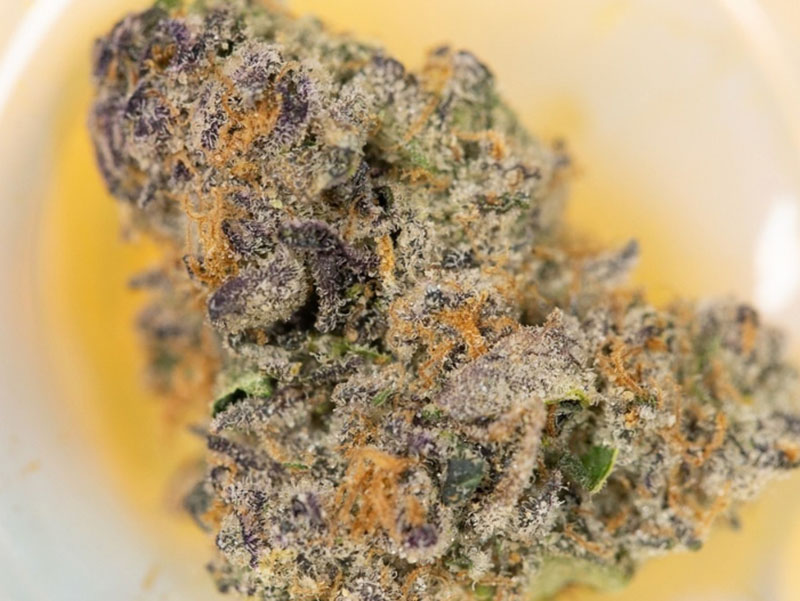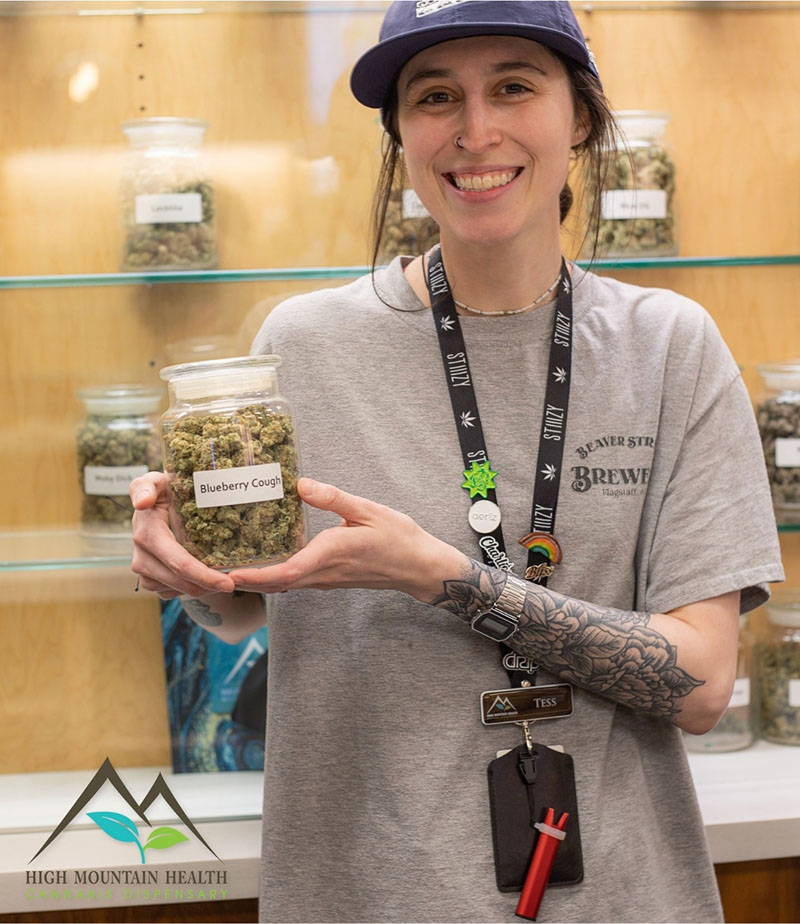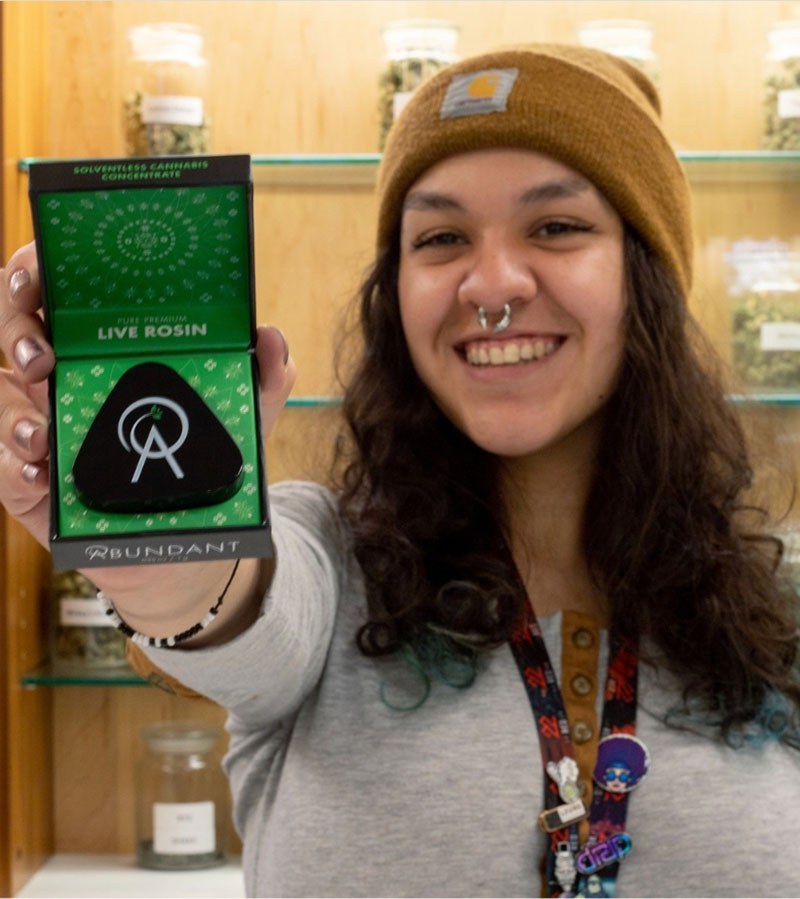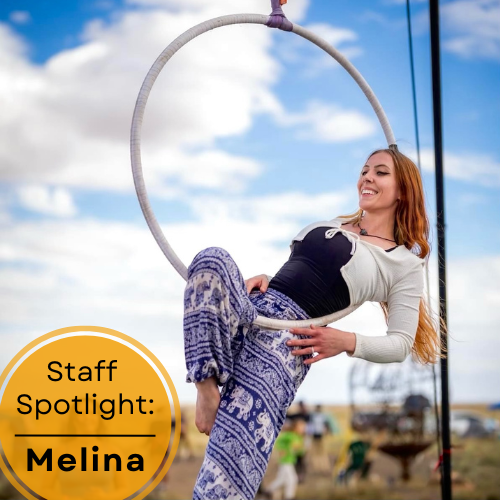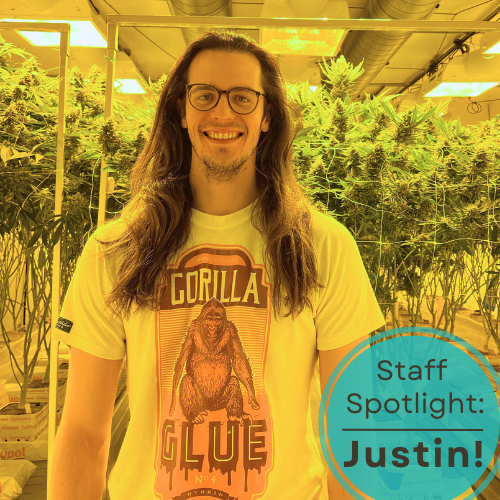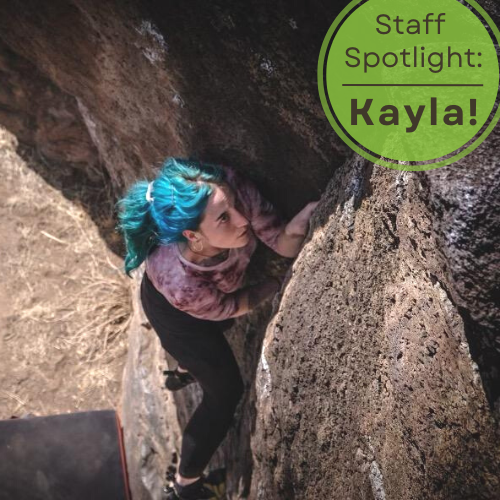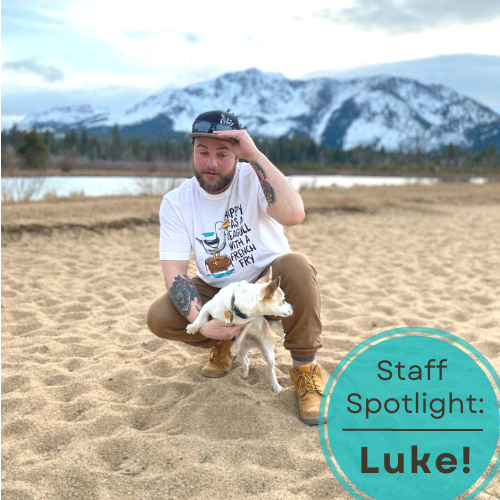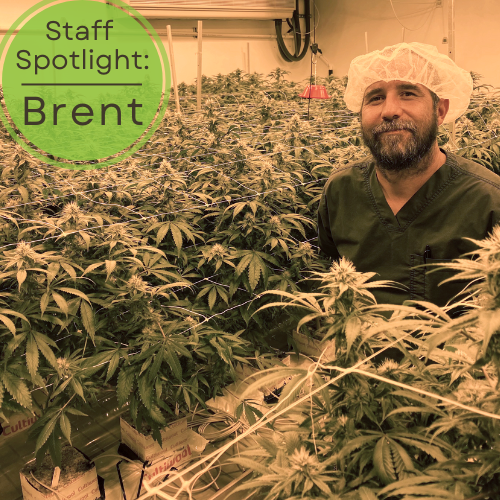The Buds and The Bees
By Brett Smith
It’s March and spring is approaching, soon the world will be awakening with new life! Flowers are a sign of the change in season and the bees lazily buzzing from blossom to blossom are actually performing an ancient and essential act. Most flowering plants rely on pollinators like bees to pass their pollen from the male anther to the female stigma of different plants in order to reproduce. Over time, bees and plants have developed a symbiotic relationship - bees collect pollen and nectar to feed to their young and the plants get help in producing offspring. Cannabis, and many other kinds of grass and grains, are actually pollinated by the wind, rather than having insects do the work! This month’s blog looks at the history of bees and honey, and how it has intertwined with cannabis both in the past and on our shelves today at HMH.
The use of honey by humans is documented as far back as we can record, and the health benefits of honey have long been appreciated by cultures across the world. As far back as 7000 BC, Spanish cave paintings depict early honey collectors. Ancient Egyptians used honey as a sweetener, baked it into cakes for gifts to their gods, and used honey in recipes for embalming fluid. The Greeks and Romans cherished honey for its sweetness, used it regularly in cooking or baking and used it for its healing properties. As Christianity became more established, the practice of beekeeping for honey and beeswax grew along with it to meet the growing demand for candles. Here in North and South America, honey bees as we commonly know them today did not exist until the arrival of the pilgrims in the 1600’s. There are some species of stingless bees that are native to the Americas, but the European Honey Bee (Apis mellifera) which produces far more honey and wax, wasn’t introduced until 1622. Today there are over 20,000 distinct bee species around the world, and more than 4,000 in the U.S. alone (Link 6).
Honey has been treasured throughout history for its sweetness, providing a sweetener long before refined sugar was available. However, in addition to being a rare source of sweetness, honey has also long been valued for its medicinal properties. Honey has been used throughout history to treat ailments ranging from sore throats to burns and infected wounds. Ancient Greeks drank a beverage called Oenomel made from honey and unfermented grape juice. The drink was used as a folk remedy for gout and certain nervous disorders. Hippocrates, the ancient Greek physician, prescribed a simple diet, favoring honey given as oxymel (vinegar and honey) for pain, hydromel (water and honey) for thirst, and a mixture of honey, water and various medicinal substances for acute fevers (Link 7). Honey naturally has antibiotic properties because as bees synthesize pollen they deposit a small amount of hydrogen peroxide into the honey, and since honey is naturally acidic the combination results in antibiotic activity. (Link 5) Additionally, though not proven in clinical trials, many people use honey or bee pollen to alleviate the symptoms of seasonal allergies. One suggested treatment for allergies is repeated exposure to small amounts of allergens, such as the trace amounts of flower pollen that honey contains. Honey is also a great alternative sweetener to sugar because it is sweeter and therefore less is required.
Honey bees have had cultural significance for ages, but for millions of years, they have played a crucial role in our planet’s ecosystem. As pollinators, bees are responsible for one of every three bites of food that we consume. Bees pollinate roughly 90% of all flowering plants, including the majority of the fruits, nuts, and vegetables we eat - a total of at least 90 different food crops! Honey bees are responsible for $15 billion dollars of agricultural crops in the U.S. alone each year. (Link 2) However, bees are under threat from a variety of environmental pressures caused by the nature of our industrial food system. Colony Collapse Disorder (CCD) is a problem plaguing honey bee populations around the world. The phenomenon occurs when the majority of worker bees suddenly die or abandon their hive, leaving the queen and the immature bees to fend for themselves. The disorder is believed to be caused by multiple factors including poisoning from pesticides (particularly neonicotinoids - which have subsequently been banned in Europe but not the United States), lack of genetic diversity within colonies, climate change, stress on hives due to continual movement around the country for crop pollination, and infection from pathogens and parasites such as fungi and varroa mites (Link 1). Unfortunately, during the past ten years, beekeepers in the U.S. and Europe have reported annual hive losses of 30% or higher, much more than is sustainable. Here in the United States, one in four wild bee species is at risk of extinction. (Link 3)
The future of honey bees isn’t guaranteed, but many within the cannabis industry are working to combine the health benefits of cannabis and honey, and in the process provide healthy habitats for honey bees. Even though cannabis is naturally wind-pollinated, some honey producers and cannabis growers have decided to combine forces and allow bees to collect pollen and nectar straight from cannabis plants. Producers like CannaHoney in California and the Israeli company PhytoPharma are hoping bees can help to deliver a more effective medicinal product. Since honey bees are insects they do not have an endocannabinoid system like mammals, meaning that even though the bees are consuming cannabinoids in the nectar and pollen they aren’t getting high and the compounds pass directly into the honey. PhytoPharma claims that the cannabinoids are therefore more bioavailable (Link 9). The bees benefit as well because they are collecting pollen and nectar directly from the plants, rather than being fed sugar syrup like most hives used in industrial pollination. Recent studies have also shown that hemp fields can be a valuable late-season food source for stressed bees because though hemp plants do not produce nectar, they do produce large amounts of pollen that bees use for food (Link 10).
While bee populations may be feeling the effects of our current food system, there are things you can do to help honey bees here in Arizona. For instance, buying produce that is certified organic ensures that no pesticides were used, meaning a healthier product for both you and the bees! The Flagstaff Farmers Market is also a great place to find environmentally-conscious food producers. Additionally, planting bee-friendly flowers and herbs around one’s home can encourage the presence of bees and other pollinators. Flowers such as Zinnias, Marigolds, Milkweed, Lavender, and Mint are some favorites of common bee species (Link 8). Adding a small bee bath to your garden or yard is another way to provide helpful habitat for local bees as they need places to access clean, freshwater.
If you’re looking to combine honey and cannabis at home then you’re in luck, because High Mountain Health carries both THC and CBD infused honey products. The HiBuddy Honey are two-ounce jars of 100% pure, Arizona honey infused with 300 mg of THC from pure Indica flower strains. The honey has not been altered or filtered, so all the important enzymes, vitamins, minerals, and powerful antioxidants remain intact (Link 11). A single teaspoon of HiBuddy Honey contains 25mg of THC, making dosing more simple if you only require a small amount for a cup of tea or to spread on toast. In addition, High Mountain Health carries Vital V Honey Sticks. These infused honey sticks contain either 30 mg of THC distillate or 5 mg of CBD isolate. The Vital V honey sticks are great for smaller doses and just like the HiBuddy honey, they can be ingested directly or mixed into drinks and other foods. One other option would be to infuse your own honey with cannabis or CBD. Products like the KAYA Dab Buckets, 800mg minimum of pure THC distillate with added terpenes for strain-specific effects, are easily combined with honey over low heat to make infused honey. Whether you’re trying to make your own cannabis-infused honey or just add medicated honey to your next recipe or mug of tea, come by High Mountain Health for some sweet, sweet medicine.
Fun facts
Bees can see every color but red. They use their vision and sense of smell to find flowers.
A honeybee can visit 50-1000 flowers in one trip. Therefore, if each bee takes ten trips a day, a colony with 25,000 forager bees can pollinate 250 million flowers in a day.
Honey bees can fly up to six miles in one trip to forage for nectar.
Bees have been around in their present form for millions of years – long before modern mammals evolved.
One in four wild bee species in the United States is at risk of extinction.
Hives are made up of one female queen bee (the only one who can reproduce), worker bees (also female) and drones (all male). The workers clean the hive and collect pollen and nectar to feed offspring. The queen and drones only responsibility is to reproduce.
Links – bee info
- http://npic.orst.edu/envir/ccd.html
- https://www.britannica.com/science/colony-collapse-disorder
- https://www.earthday.org/fact-sheet-bees/
Links – cannabis/honey
- https://www.cnn.com/2018/01/15/health/honey-health-benefits/index.html
- https://www.ncbi.nlm.nih.gov/pmc/articles/PMC3609166/ - honey: its medicinal property and antibacterial activity
- http://www.honeyassociation.com
- http://localhoneyfinder.org/HistoryOfHoney.php
- https://thehoneybeeconservancy.org/2017/03/27/21-flowers-that-attract-bees/
- https://www.forbes.com/sites/sarabrittanysomerset/2018/11/19/artisanal-edible-cannabis-honey-causes-a-buzz/#4766f1a5718d
- https://www.medicalmarijuanainc.com/news/hemp-source-pollen-bees/
Hibuddy

